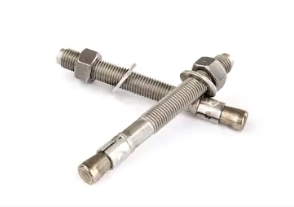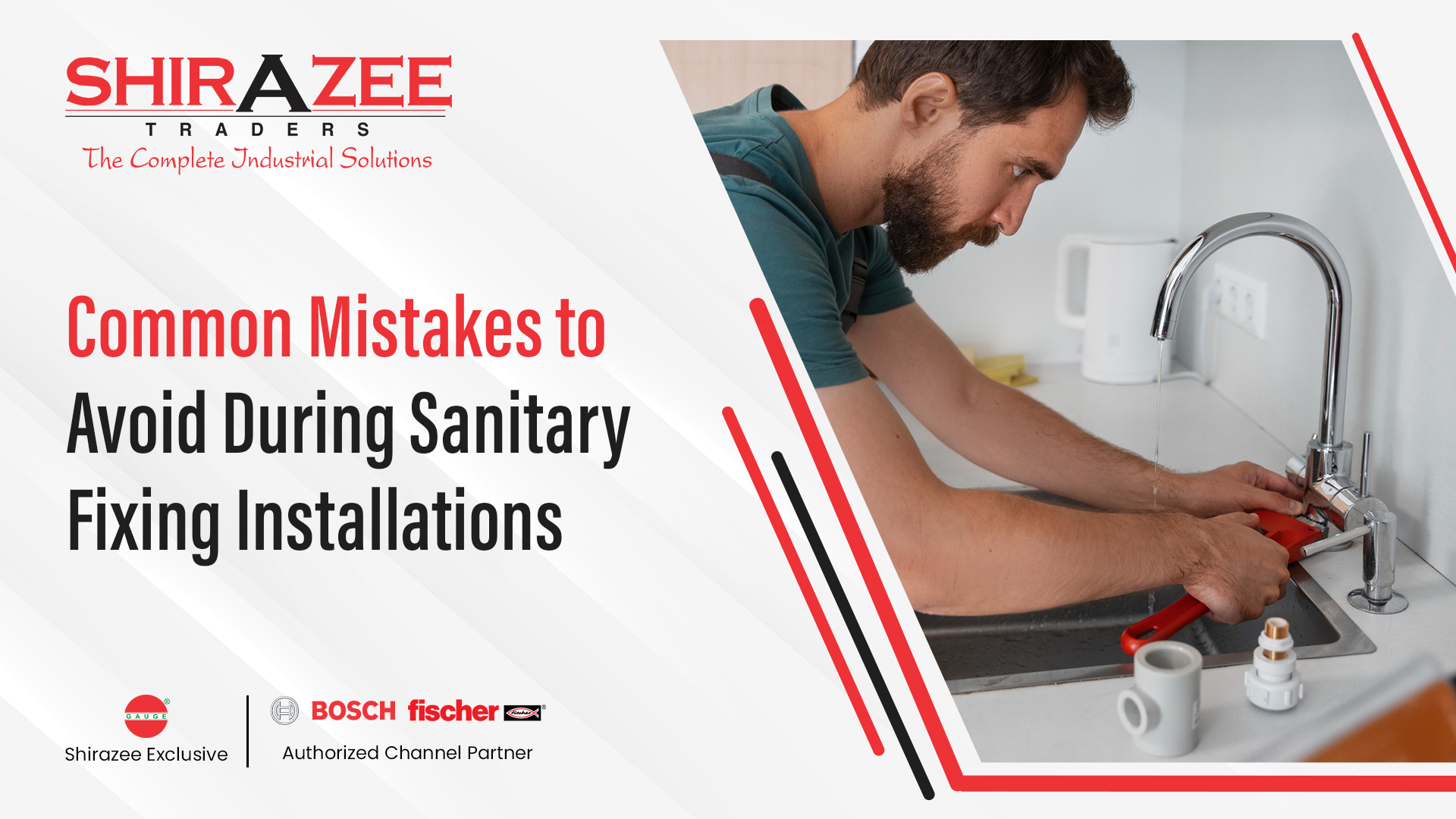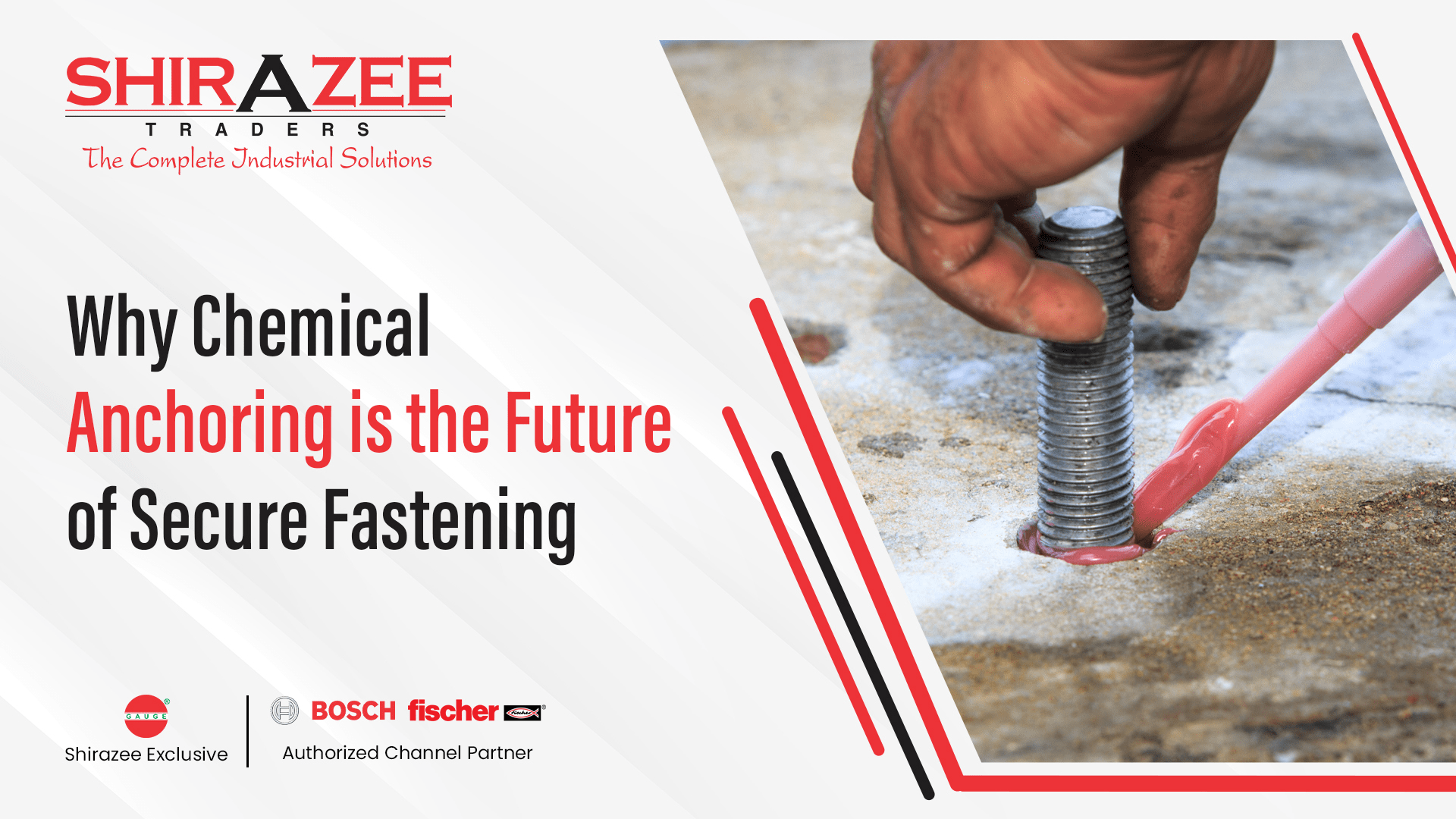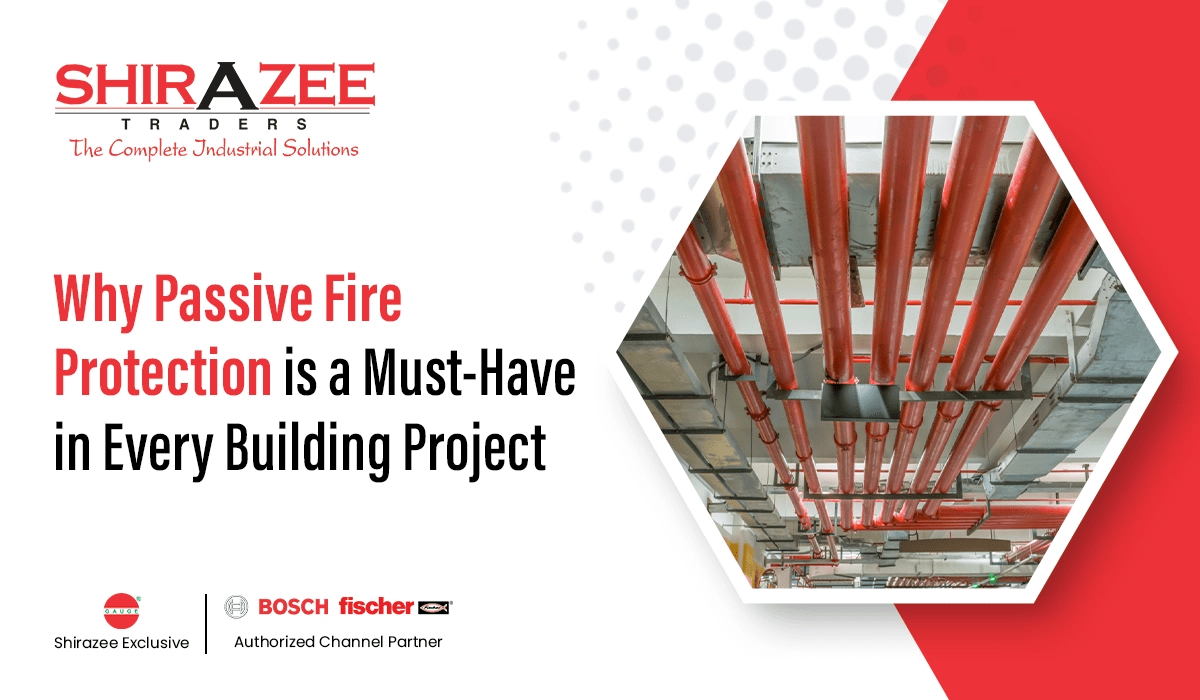
When a Wedge Anchor is Used
The Base Material
Wedge Anchor can only be used in solid concrete. It cannot be used in hollow or porous base materials like brick, block or mortar joints. Stone and Granite may be solid but they are inconsistent and their holding values are not tested. Thus, wedge anchors are not advised to use on these materials. The design of a wedge anchor is such that it requires a solid contact with the base. Upon contacted properly, the expansion clip expands over a short area.
Why any material other than concrete is not ideal for Wedge Anchor?
- The anchor will not be fixed properly and will have no holding values
- Wedge anchor cannot be removed once fixed unless the base is destructed.
- If the base is hollow or porous the wedge anchor will spin in the hole.
Concrete
The concrete must have been set for more than 4 weeks, prior installing a wedge anchor. It is not advisable to fix a wedge anchor in wet cement. Installing a wedge anchor before the concrete is set can impact negatively on the holding values of the anchor.
Specifications of Item Being Fastened
- If wedge anchor is being inserted through a hole then the hole must be larger than the diameter of the hole.
- The surface of the item being fastened must contain space for nut and washer
- The thickness of the material of item being fastened will determine the length of wedge anchor.
Type of Wedge Anchor
- Zinc Plated- used where moisture is not present. (Dry indoor environments)
- Hot-Dipped-Galvanized- is used outdoors and used where moisture is present
- 304 Stainless Steel- used in outdoor or applications submerged in water
- 316 Stainless Steel- used in water where chemicals are present like chlorine, can also be used in salt water.







